How to grow and care for a frizzle sizzle plant – 3 key tips to keep those curls alive
Knowing how to care for a frizzle sizzle is not entirely straightforward, so this is how the experts recommend we keep its corkscrew curls in tact

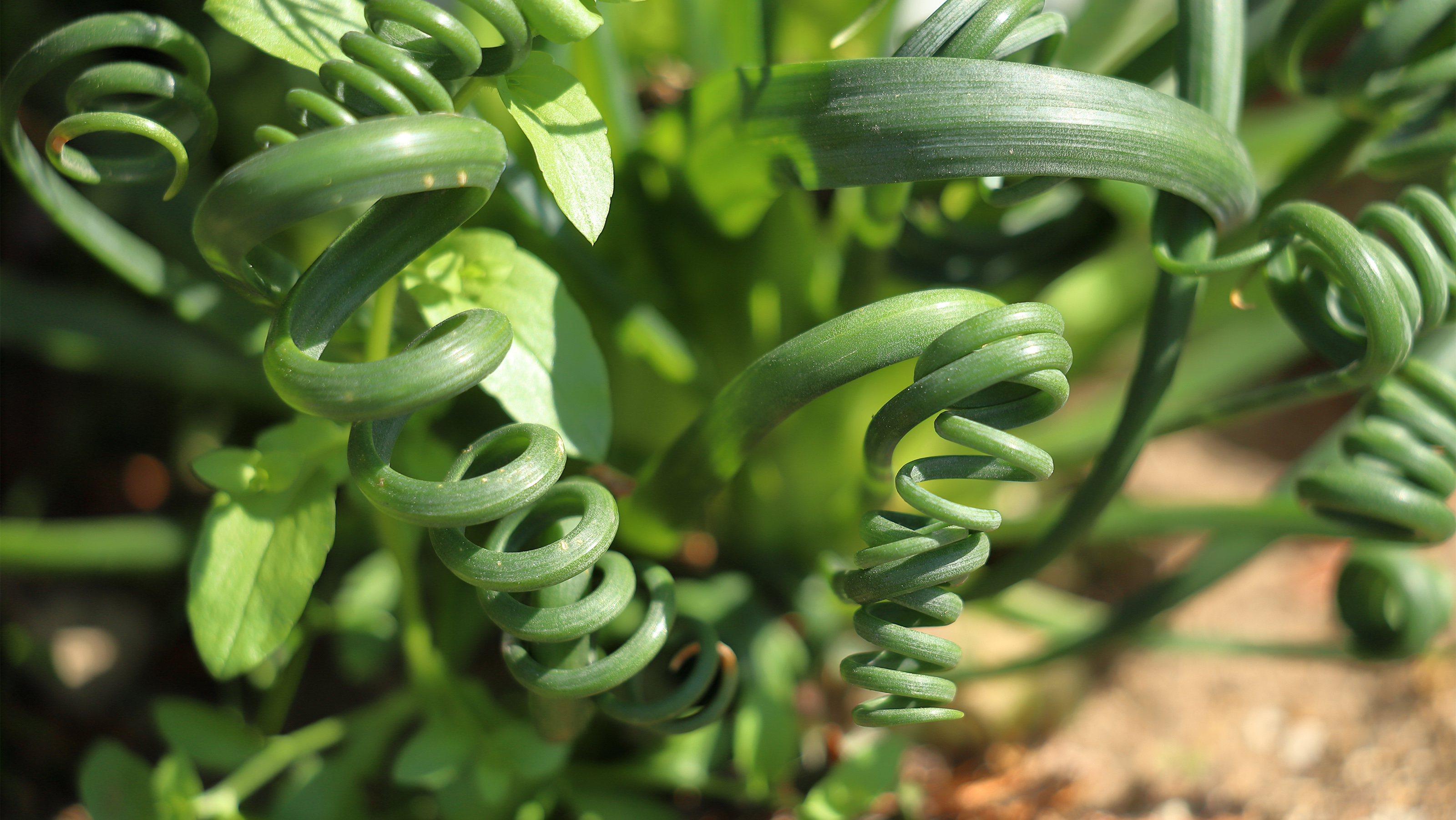
Defined by tight, verdant curls that although sporadic in nature, are not without uniform beauty, the Albuca spiralis makes for an unusual houseplant.
Also know as a frizzle sizzle or corkscrew albuca, this extraordinary looking bulb succulent is having a moment.
Whether it has been tempting you from a distant Etsy feed or the shelves of your local nursery, you might want to get clued up on how to look after a frizzle sizzle plant before you purchase.
Even the proudest and most practised indoor plant parents will know one of the essential rules of houseplant care is to never assume they all require the same growing conditions. To understand the frizzle sizzle's unique needs, we spoke with industry experts.

Growing tips for a frizzle sizzle plant
Succulents can be quite easy indoor plants to look after, however, the frizzle sizzle is known by many to be quite the diva. Here's how best to care for one.
1. Give a frizzle sizzle sun and warmth
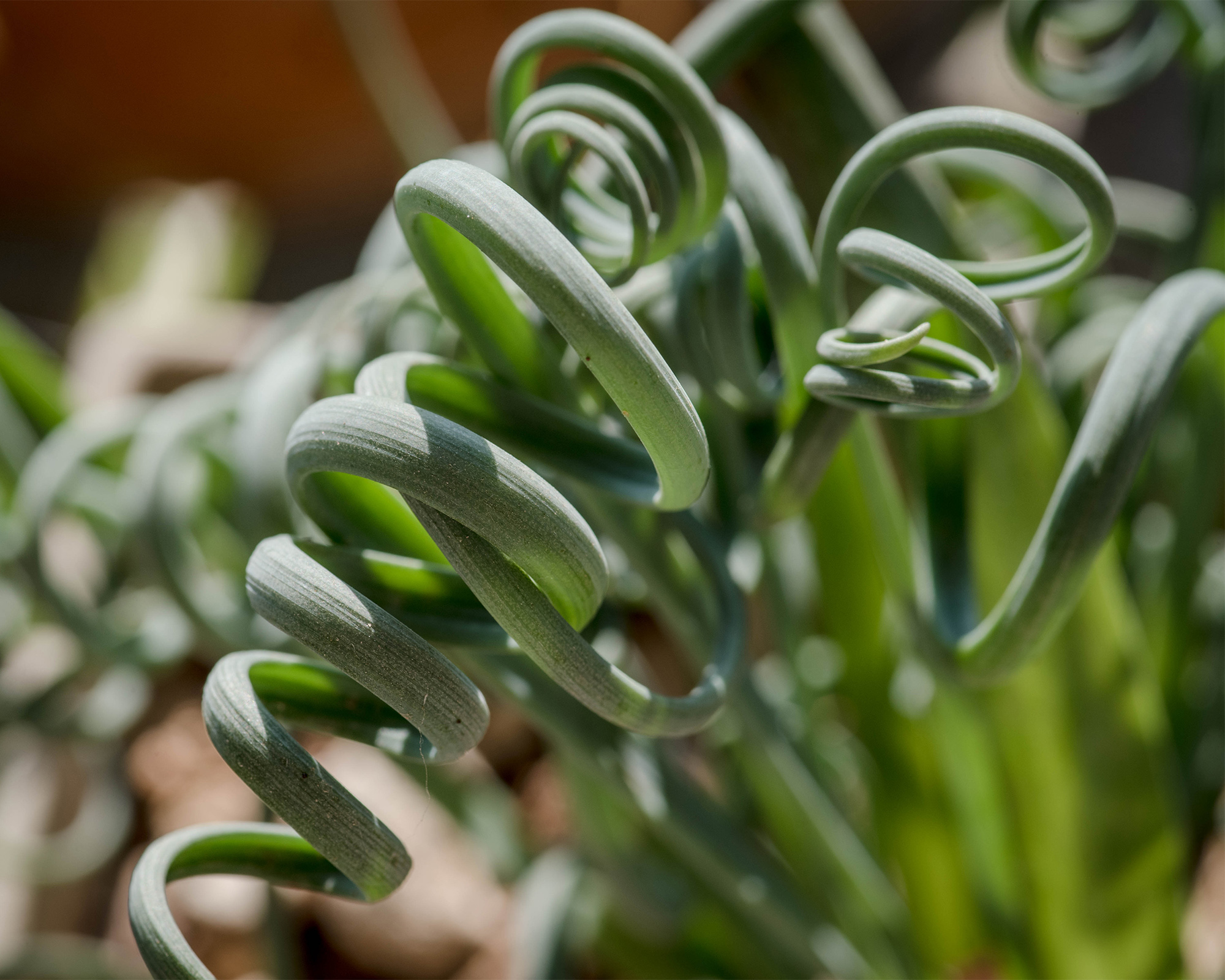
As you would imagine of a plant that is native to South Africa, the frizzle sizzle is not a low light plant.
‘The frizzle sizzle thrives in bright light to full sun conditions,’ says Paris Lalicata who is head of plant education and community at The Sill.
Design expertise in your inbox – from inspiring decorating ideas and beautiful celebrity homes to practical gardening advice and shopping round-ups.
‘This plant will do best in a south or west window, or a grow light can be used if natural lighting isn’t enough.’ In which case, you could consider an LED grow light from Amazon or similar.
‘This plant is not suited for low light conditions and should always be placed directly in a window.’ Prop it on a sunny windowsill or, in your backyard if you live in a warm enough climate.
‘Keep the plant warm anywhere between 65-75 F, can tolerate as low as 60F but avoid letting temperatures drop lower. Average room humidity will work.’
Frizzle sizzles are grand in their shape and structure, rather than their height. However, they will be more striking and true of their unique character when at their tallest. ‘In the right conditions, frizzle sizzle will reach 8-12 inches,’ says Jessica Mercer of Plant Addicts. ‘In low light conditions, the plants can grow long and floppy, losing the characteristic curl in the leaves.
’Frizzle sizzle is a succulent and requires many of the same conditions that support plants like cacti and echeveria. It requires excellent drainage and high levels of light,’ continues Jessica.
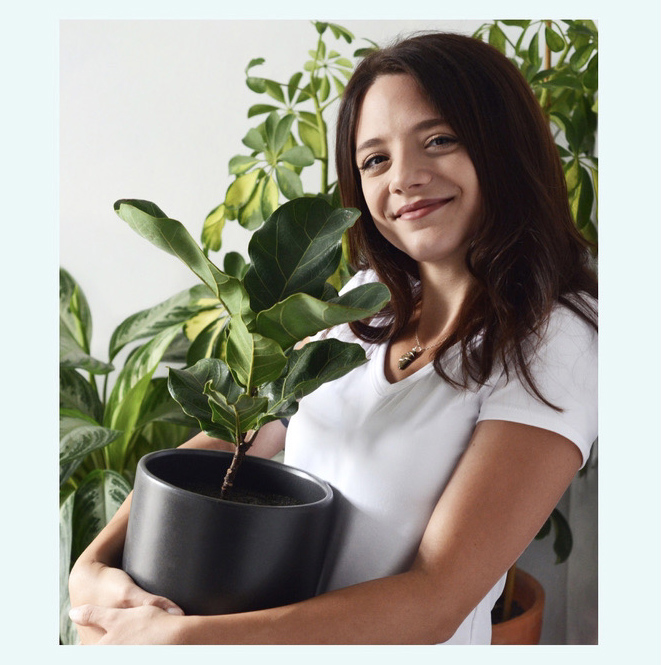
Paris is a self-taught plant expert with over ten years of experience growing houseplants. Alongside leading the Plant Education and Community at The Sill, Paris is also working on becoming a certified sustainable gardener and is actively maintaining an indoor garden of over 200 plants in the north east. ‘My passion is making plant care more digestible for budding plant parents, and sharing the many benefits of having plants indoors,‘ Paris shares with H&G.

Jessica Mercer, PhD, is the Senior Content Marketing Coordinator for Plant Addicts. As a “plant collector”, Jessica enjoys growing many different plants and learning about the best culture practices for each. Writing for Plant Addicts is a real joy for her, as she can use her science background to research interesting plant topics. She carefully considers how to best present the information to other gardeners, with a focus on sustainability and the environment.
2. Let the soil dry out completely
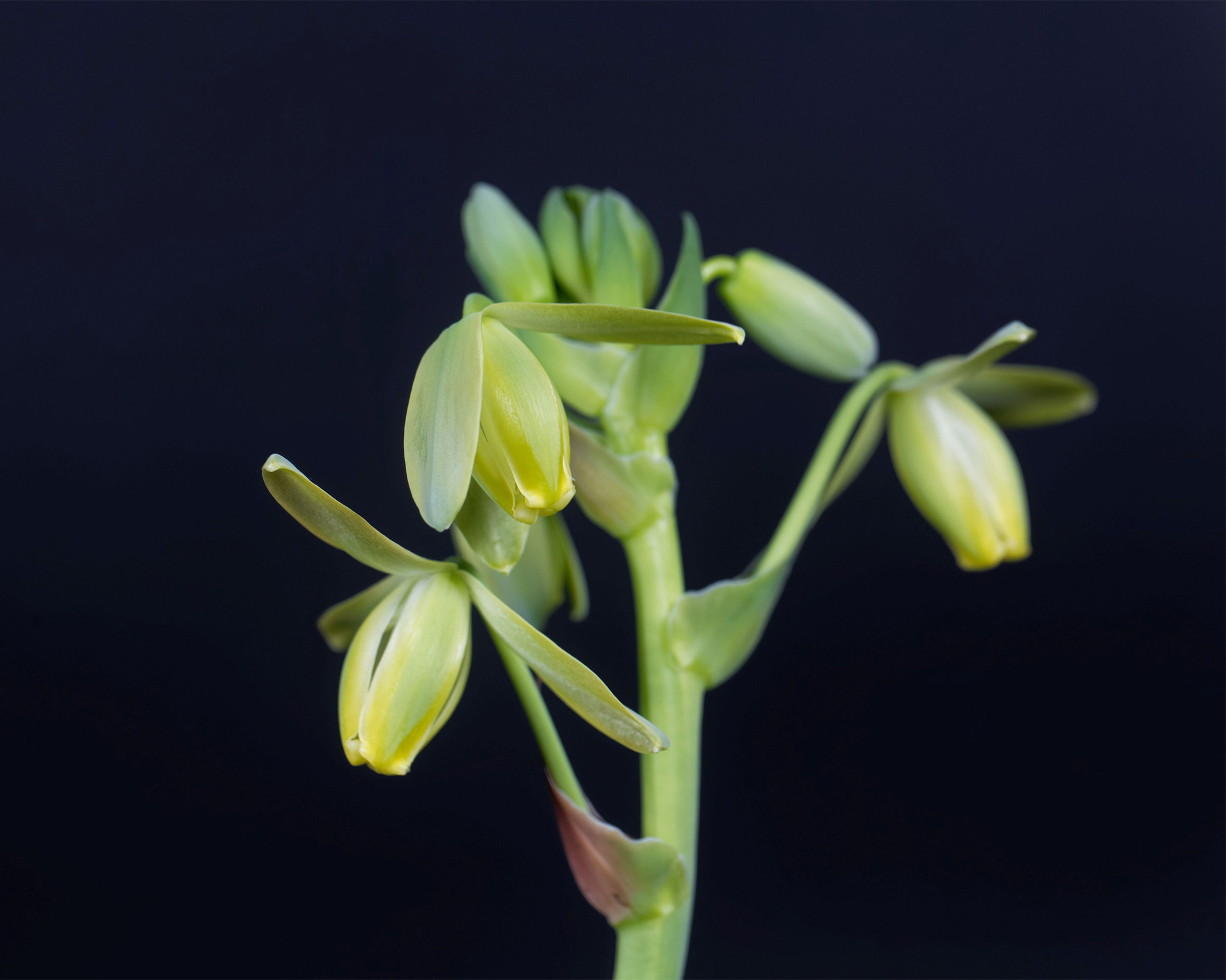
This is one of the key house plant care areas that people are getting wrong. Though some low maintenance indoor plants, may tolerate the occasional overwatering, the frizzle sizzle is far less forgiving.
We spoke with Adam Ward, a professional horticulturist at Boma garden center, in London. Adam specializes in ornamental plants, including tropical varieties and tells us that though Boma often keeps frizzle sizzles on its shelves, it is not the easiest plant to look after and keep happy, and too much water is often the culprit.
Adam stresses that to avoid disappointment, as when watering most succulents, it is imperative to make sure the soil is completely dried out in between waterings.
The Albuca spiralis is a desert plant. When kept as an indoor plant in a temperate climate, a watering once every 14 to 20 days should suffice. If you live in a warmer climate, you can likely reduce this to once every 10 to 14 days.
’Its active growing period is in the fall and winter when the temperatures drop, and it rests in spring through fall when the weather is hot and dry in its natural climate in Southern Africa,’ adds Jessica.
‘To mimic this life cycle, move the plant to a cooler area for a few weeks in the fall, exposing the plant to nighttime temperatures between 40 and 55 degrees F. The colder temps trigger the plant to break dormancy and start new growth. When you see this growth, provide regular water every 10 to 14 days. Avoid overwatering, which can lead to yellowing leaves and rot issues.’
Adam Ward is a professional horticulturist with a BSc in Commercial Horticulture and 10 years industry experience. Currently Adam is assistant garden center manager at London-based Boma which stocks rare specimen plants alongside common varieties. Adam brings his passion of plants, and extensive specialist knowledge of unusual and tropical ornamental plant varieties to customers.
3. Protect the caudex root structure with good drainage
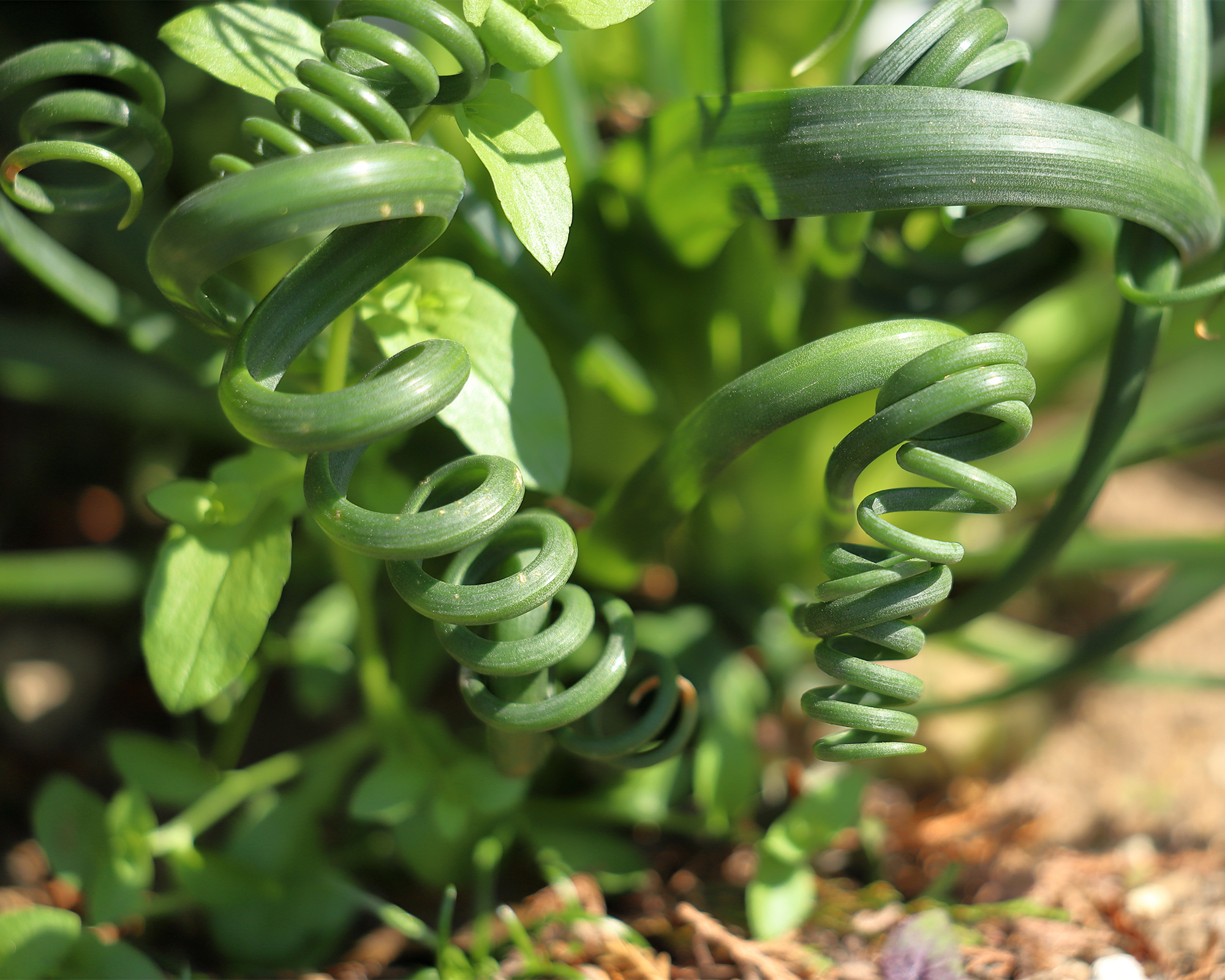
It is key to choose the best soil for your succulent. ’Use a well-draining sandy mixture like a succulent/cactus potting mix and upgrade the container size by 1-2 inches in diameter when plant outgrows its current home,’ says Paris Lalicata.
Adam also recommends using a good quality cactus compost, such as this from Amazon, as well as a layer of gravel around the top. This is will help protect the caudex from getting too saturated with water.
For anyone unfamiliar with a plant caudex, this is a particularly swollen succulent root ball structure, typical of desert plants, to carry water. You do not want to get the fleshy bottom part too wet.
‘Unlike many familiar succulents, frizzle sizzle grows from a bulb that stores the water and energy it needs during its dormancy period,’ adds Jessica. ‘Use a potting soil formulated for succulents and cacti, or make your own by combining an all-purpose potting soil with 50% pumice, perlite, or grit.'
Use a pot just big enough to house the root system to avoid exposing the roots to too much soil and moisture. A pot made of a breathable material like terracotta will improve movement of air and water through the sides of the container.
FAQs
Why is my frizzle sizzle losing its curls?
It is all about balancing light and water levels, even out of the typical growing season, ‘The frizzle sizzle plant will also need ample sunlight in the winter,‘ says Jessica Mercer of Plant Addicts.
’Move it to the sunniest window in the house, preferably with southern exposure. If you do not have a sunny location, use fluorescent lights or grow lights to supplement the light, and keep them on for 12-14 hours a day,' she adds. 'Lack of sunlight is the most common reason for frizzle sizzle to lose the curl in its leaves. Overwatering can also contribute to straightening and drooping of the leaves.'
Are frizzle sizzle plants pet-friendly?
If you are looking for some greenery that is suitable for furry house friends, consider another type of pet-safe indoor plant, or keep it well out of reach.
‘This plant has grassy foliage that may entice cats, however it is poisonous to cats and should be moved out of any pets' reach,’ adds Jessica Mercer of Plant Addicts.
Why won’t my frizzle sizzle flower?
A houseplant that flowers is always a delight. The Albuca spiralis can bloom, but it is not that easy. ‘If you live in a climate with mild winters (zones 9-11), the plant can live outdoors year-round and will likely bloom,’ says Jessica Mercer of Plant Addicts. ‘Blooming occurs in spring before the plant goes dormant. A tall flower stalk will appear and open with 12-20 fragrant flowers. You can remove the flower stalk as it fades or allow it to go to seed.‘
Pay close attention to the environment you choose and to how much you water houseplants, but especially your frizzle sizzle if this is your newest indoor garden addition.
Although you may not see it produce flowers, there is much more to enjoy within this ornamental plant’s form. If you do love flowering houseplants in your home, you may be interested in knowing how to care for a twisted lipstick plant - another unusual variety that is bound to be a conversation starter.

Camille is the former deputy editor of Real Homes where she covered a broad range of topics, including house tours, small space design, and gardens. She studied English language and Italian at the University of Manchester and during a year abroad studying linguistics and history of art in Bologna, Italy she started documenting her adventures and observations in a blog. Camille is always creating and spends her downtime painting, taking photos, traveling, and writing short stories.